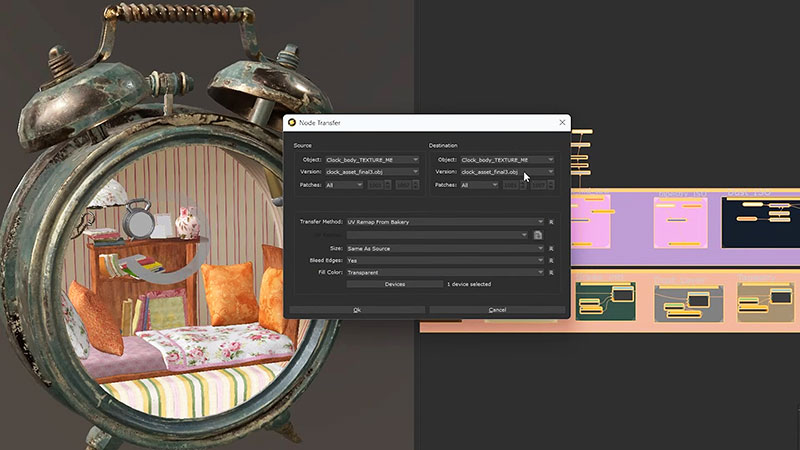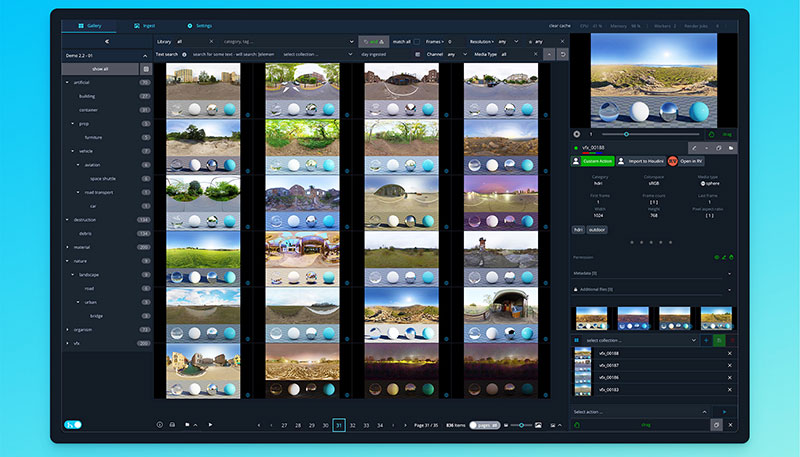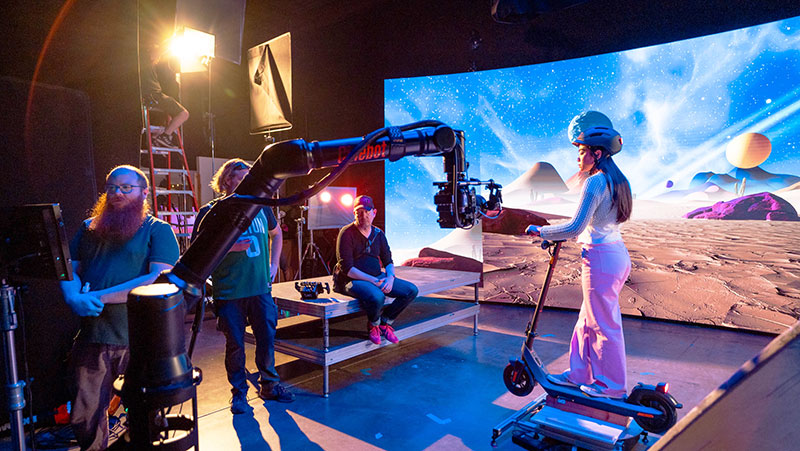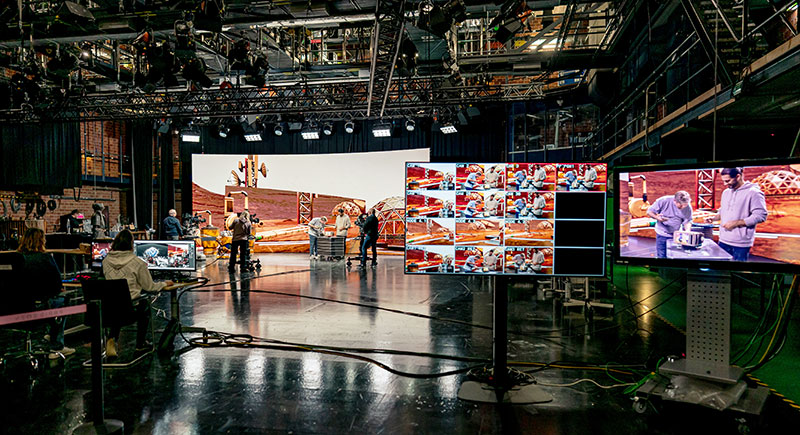ZibraVDB plugin for Virtual Production and CG studios delivers high compression rates and fast render times, making it possible to work with very large volumetric effects in real-time.

ZibraVDB from developer Zibra AI is a new software plug-in for use with Unreal Engine and Houdini, for artists creating volumetric VFX. Built for virtual production and CG studios, ZibraVDB can achieve high quality FX in real time through its proprietary compression system, and by running its processes on the GPU.
ZibraVDB is able to efficiently replay large VFX volumes stored in the OpenVDB format within Unreal and, according to Zibra AI, deliver up to 100x compression and rendering times twice as fast as Unreal’s SVT (streaming virtual texturing). The company’s goal is to make it possible to use previously impractical render volumes in real-time environments.
Zibra AI notes that traditional compression is lossy, forcing a trade-off between the quality and the size of the visual effect. ZibraVDB, however, improves on earlier results with its high compression rate, leaving only a minimal visible difference between compressed and decompressed VFX. As well as handling high render volumes in real time, the software can help lower costs by shortening processing times and reducing storage requirements, and save time due to its ease of use.
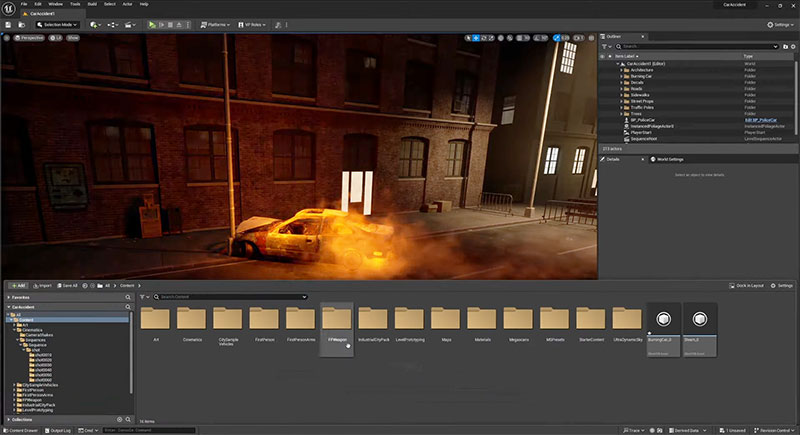
Adding effects to a scene.
Increasing Render Options
ZibraVDB opens up new possibilities for realistic scene lighting, for example. Artists can use light data from VFX to light up a scene, add reflections and so on, tying effects and elements together in a way that makes a game feel more immersive and true to life.
Built for small studios, and larger companies involved in virtual production and CGI within Unreal Engine, ZibraVDB works through workflow optimisation and improved rendering capabilities in order to simplify content creation. Through its ability to compress huge VFX elements without increasing build size, users have more options to use complex visual effects, and to render volumetric effects in game engines in real-time. Zibra AI estimates compression rates at 20x on average, and up to 100x in some instances.
It’s also possible to re-use a volumetric effect in different scenarios, which is another way to optimise memory consumption. In that situation, the user can change the way an effect looks in different parts of the project with shaders to suit requirements.
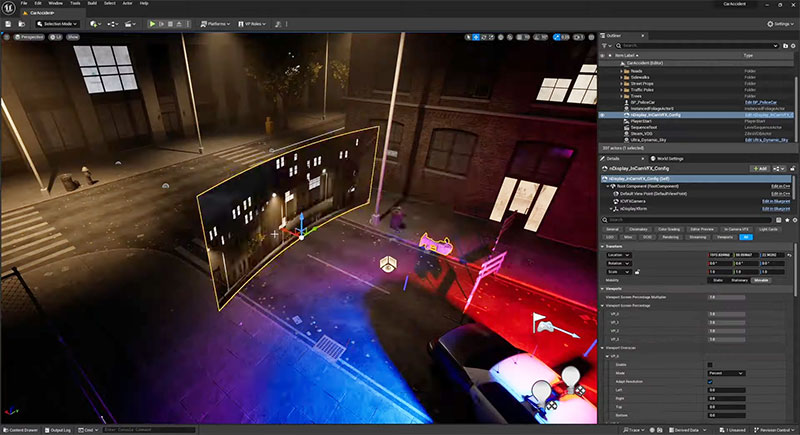
Adding an in-camera VFX set-up.
In general, users would simulate their volumetric VFX in Houdini, EmberGen or other software, and export them in the OpenVDB format. At that point the Zibra AI plugin is applied to compress the effects directly in the game engine. Then they can be placed into the scene and adjusted with shaders before using ZibraVDB again for real-time decompression and rendering the volumetric VFX in the project.
Compression, Custom Rendering and Optimisation
Zibra AI compression combined with a custom volumetric rendering component results in considerably faster rendering workflows, and also visualises volumetric effects at scale. Optimisation is a critical factor in ZibraVDB’s real-time rendering ability. Zibra AI says that their high test speeds are primarily due to their approach to working with compressed data, efficiently storing all essential information related to the original VDB volume in a highly optimised format.
Hardware is another factor that may cause the frame rates to vary. Very successful tests were carried out on a GeForce RTX 3090 graphics card, for example.
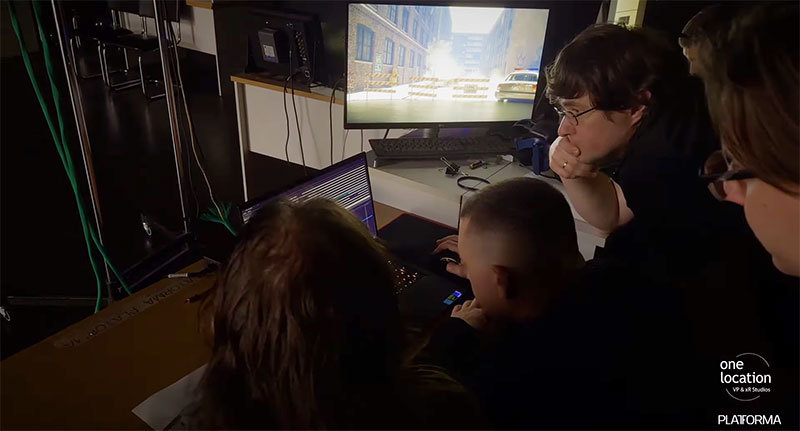
ZibraVDB is made to integrate into existing software set-ups, particularly those using Unreal Engine and Houdini, allowing new tools to be easily adopted without the need to switch between different applications for more efficiency. The plugin has enough flexibility to develop custom functionality, to help teams with specific technical challenges and per-project demands.
ZibraVDB is also adaptable in terms of performance and visual quality settings, allowing it to scale with project requirements and handle a wide range of production scenarios. effects.zibra.ai





